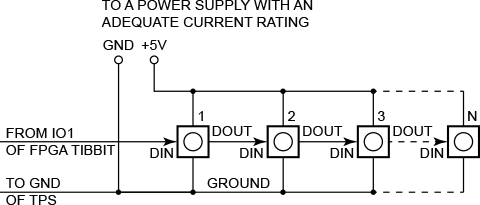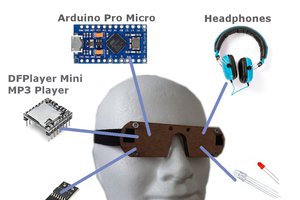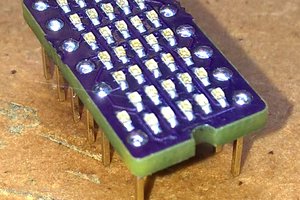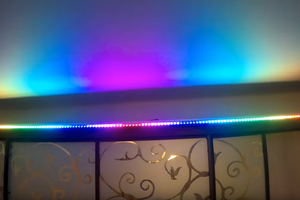| Release Date: | 01 September 2016 |
| Most Recent Update: | 01 September 2016 |
| Project files: | Source code |
| Minimum TIDE version: | 5.02.09 |
| Minimum TiOS version: | TPP2, TPP3: 3.60.00; TPP2(G2), TPP3(G2): 3.60.87 |
| Platform: | TPS2W, TPS3W, TPS2W(G2), TPS3W(G2) |
| Try it on: | TPS, add Tibbits as needed |
Control smart RGBW LEDs from your TPS
Test application for the FPGA Tibbit (#57) in the smart LED controller configuration
 Dmitry Slepov
Dmitry Slepov

 binaryunit
binaryunit
 Alain Mauer
Alain Mauer
 Alex
Alex
 Yuriy
Yuriy